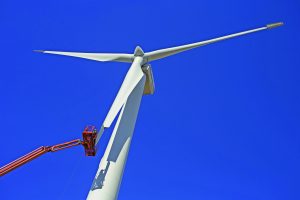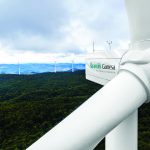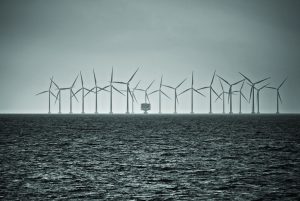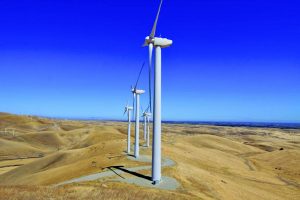According to a review by the SUN DAY Campaign of data newly released by the Federal Energy Regulatory Commission (FERC) and the U.S. Energy Information Administration (EIA), solar, wind, and other renewable energy sources (i.e., biomass, geothermal, hydropower) provided 81.07 percent of new domestic electrical generating capacity in 2021.
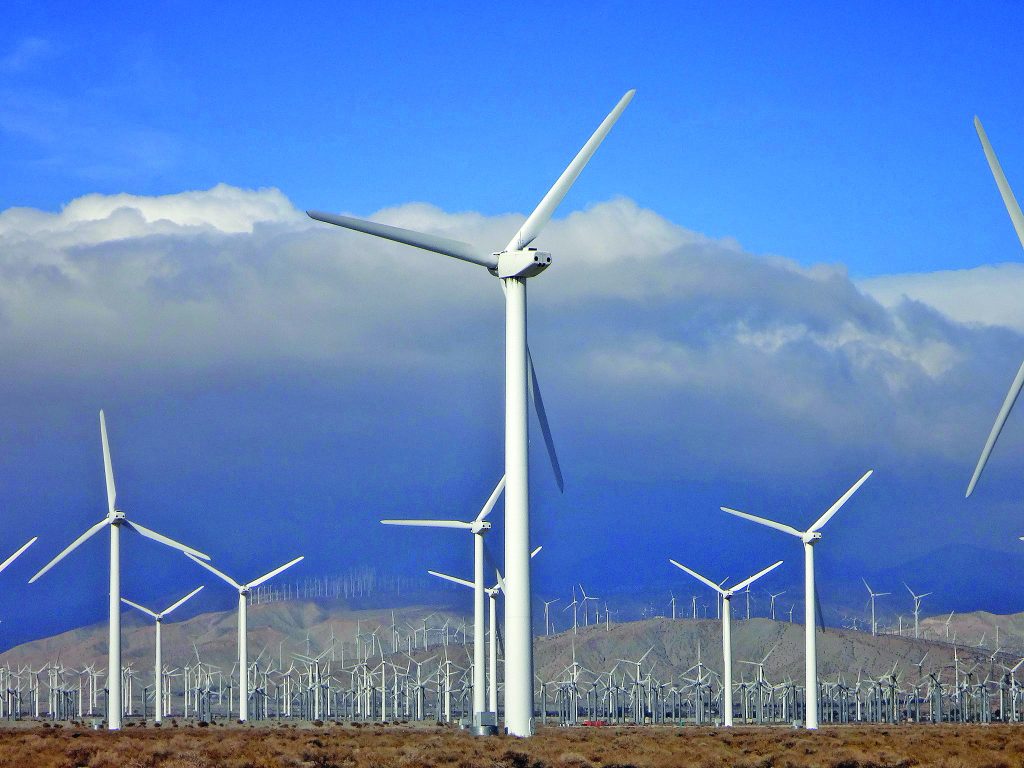
According to the latest issue of FERC’s “Energy Infrastructure Update” (with data through December 31, 2021), utility-scale (greater than 1 MW) renewable facilities added 23,639 MW of new generating capacity last year with solar and wind providing 12,804 MW and 10,754 MW respectively. Small additions were also provided by hydropower (28 MW), biomass (28 MW), and geothermal (25 MW). These numbers are preliminary.
EIA reported the U.S. electric power sector added 14,000 MW of new wind capacity and 13,000 MW of utility-scale solar capacity in 2021. EIA also notes that small-scale (less than 1-MW rooftop solar grew by about 5,100-MW last year.
Utility-scale renewables plus distributed solar provided, on average, 2,400 MW or more of new generating capacity every month in 2021. For perspective, that is more than the planned generating capacity (2,200 MW) of the two reactors at the Vogtle nuclear plant in Georgia that have been under construction since 2013 and for which there is still no certain completion date.
Renewables now provide more than a quarter (25.81 percent) of total U.S. available installed generating capacity, a share significantly greater than that of coal (18.49 percent) and more than three times that of nuclear power (8.29 percent).
More info www.ferc.gov



















